This article is going to introduce the I/O knowledge in industrial control system.
I/O refers to input / output, the input and output here are related to control system. Input refers to the measurement parameters from the instrument into the control system, output refers to the parameters from the control system to the actuator, a parameter is called a point. The scale of a control system is sometimes determined by the number of I/O points it can control.
In the industrial control system, common I/O signals are AI, AO, DI, DO, HSC, RTD,. etc.
AI refers to analog input. Input the field analog signal (4-20mA, 0-5V, 0-10V and other current or voltage signals) into PLC/ESD. The temperature transmitter and pressure transmitter on site are AI signals. After the AI signal is connected to PLC/ESD, it is transferred to HMI through range conversion, which is used to display the temperature value and the pressure value on site, it is convenient for monitoring the production situation. At the same time, PLC/ESD uses its data for logic programming to the AI signal, which needs to participate in the interlocking.
AO refers to analog output. PLC/ESD outputs analog signals, i.e. 4-20mA, 0-5V, 0-10V and other current or voltage signals, used for controlling field equipment. The main equipment includes frequency converter, regulating valve, etc. The AO signal is manually operated by HMI, or the PLC/ESD performs logic programming (PID regulation) and automatically outputs the signal to control the field equipment.
DI refers to digital input signal. For the input signal of switching value, only two status: the loop is closed and the loop is open. The main equipment on site is the feedback of valves, the location situation of running equipment, security signals, etc. After the DI signal is connected to PLC/ESD, the HMI will reflect the on-site valve opening and closing, the operation of moving equipment, and whether there is security alarm, etc. At the same time, the DI signal which need to be participated is programmed logically by PLC/ESD by using its data.
DO refers to digital output signal. The switching value output signal, is transferred by PLC/ESD's output start or stop signal to the equipment. The main equipment on site includes solenoid valve, motor, pump, etc. It needs to be specially reminded that the circuit load of DO module of PLC/ESD is relatively small, so the general application is the DO drives relay, and the relay to drive equipment on sites for operation, which is for isolation protection. DO signal is manually operated by HMI or controlled by PLC/ESD through logic programming (interlocking) and automatic output signal.
HSC refers to high speed counter signal. It is a pulse signal with faster scanning frequency than ordinary counter. Its working principle is similar to ordinary counter, but the response time of counting channel is shorter. It is mainly used in metering, transmission control, etc. The main equipment on site includes flowmeter, encoder, etc. After HSC signal is connected to PLC/ESD, it can display flow data to HMI through programming conversion, or PLC can use its data for motion control.
RTD refers to resistance temperature detector. The temperature measurement principle of RTD: the resistance of pure metal or some alloy increases with the increase of temperature, and decreases with the decrease of temperature. PLC/ESD system can measure the temperature according to the circuit resistance characteristics. After conducting to PLC/ESD, the subsequent processing mode is similar to that of AI signal.
Touch Think industrial monitor and industrial computer, embedded PCs offer rich I/O interfaces to satisfy kinds of industrial sites applications. And these I/O interfaces support expansion function.
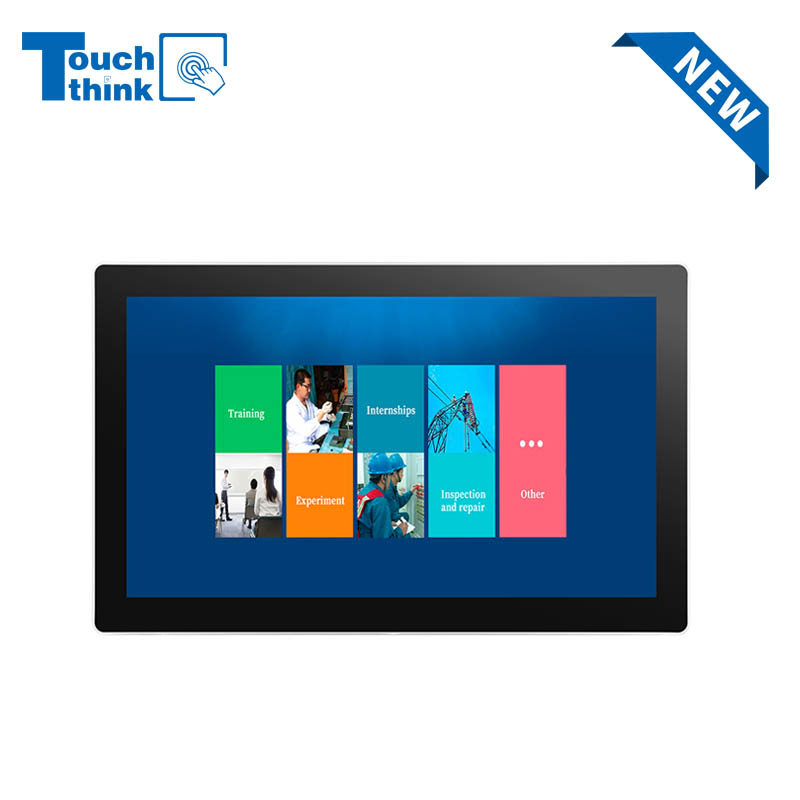
IP65 Wall-Mounted Industrial Touch Screen Monitor | Waterproof HMI Display VIEW MORE
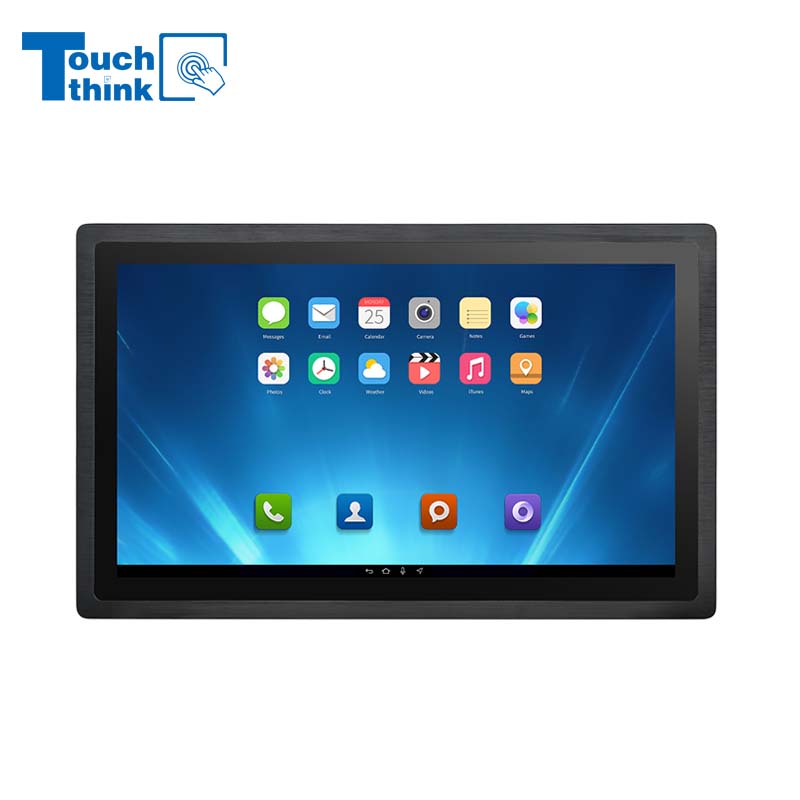
23.8 Inch Industrial Panel PC, Slim Ultra-Thin Design, Multiple I/O Ports, Rugged Touch Computer for IIoT VIEW MORE
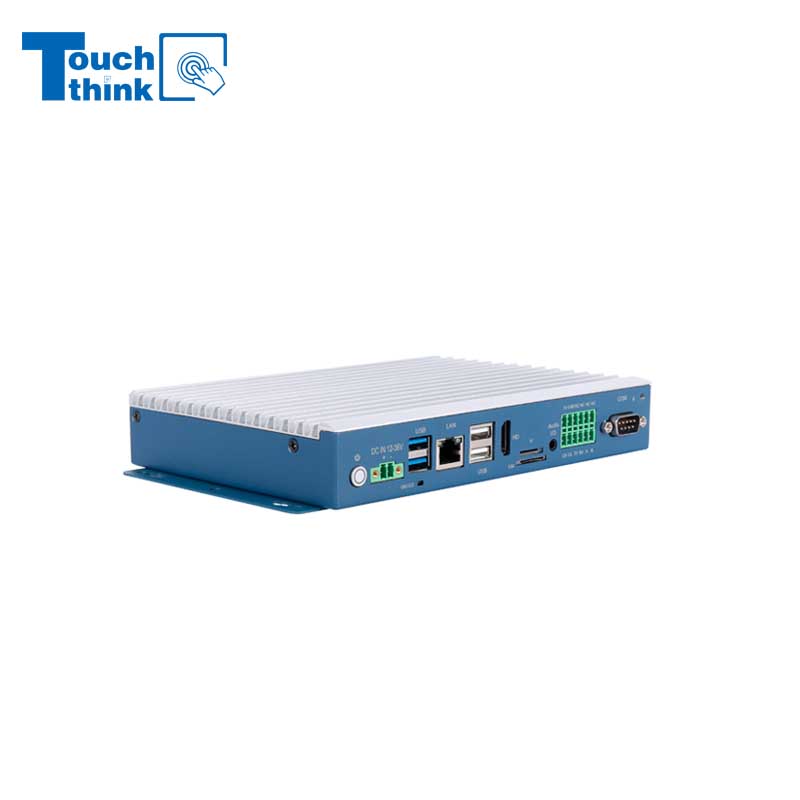
Embedded Fanless Computer ARM Cortex-A55 Quad-Core 64-bit Computers with 1TOPS NPU and Wi-Fi 6 Capabilities VIEW MORE
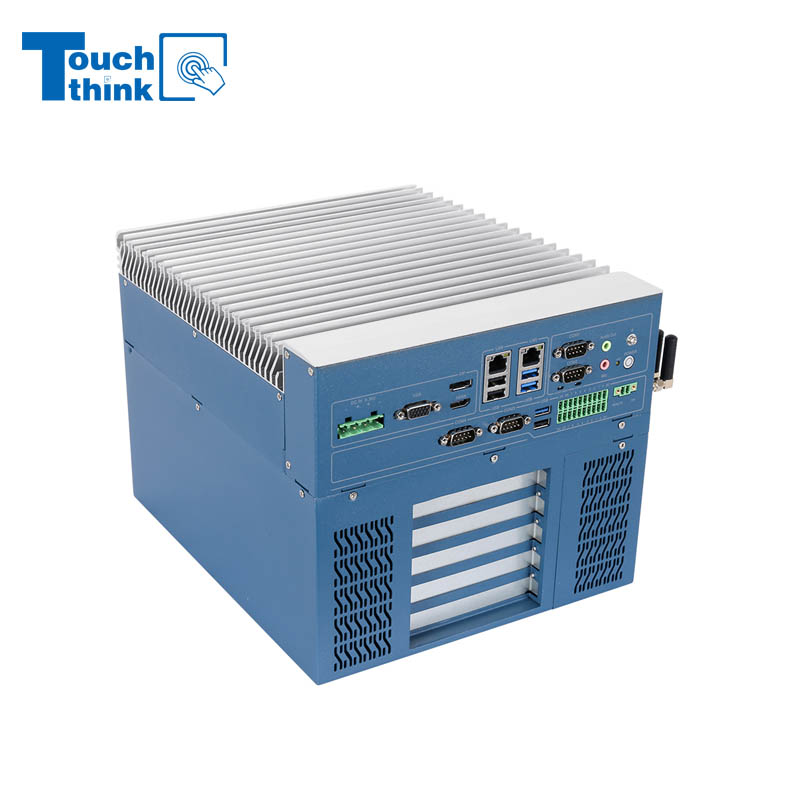
High Expandability Industrial Embedded PC with Expansion Slots PCIex16 PCIex4 9 to 36V Input VIEW MORE
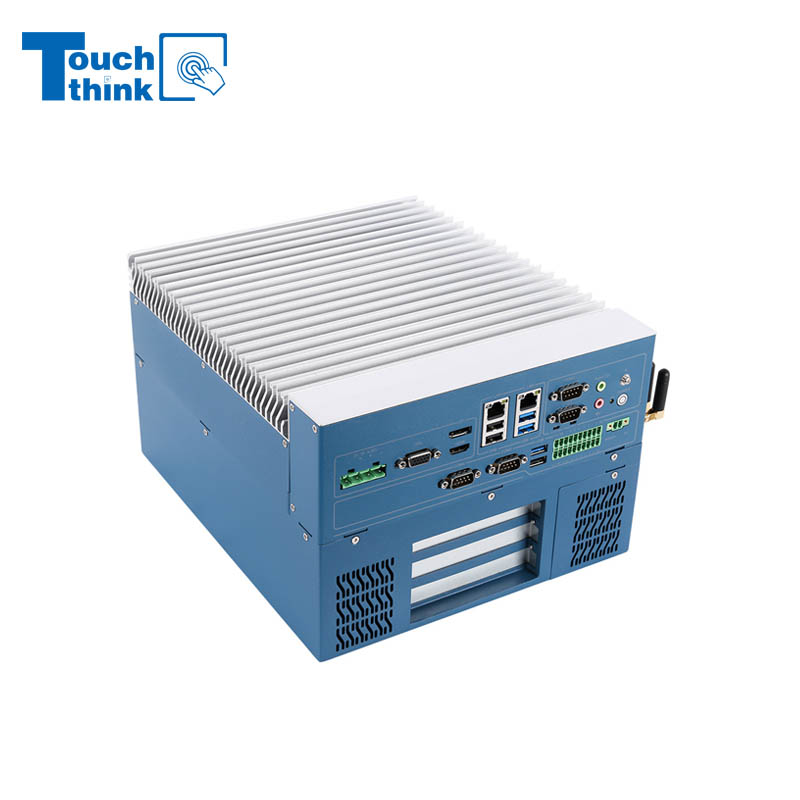
Modular Embedded Computer with Intel® Core 12/13/14th-Gen Processor 2.5GbE LAN VIEW MORE

Industrial Panel PC with NFC and QR Code Scanning Functions for Smart Factory VIEW MORE
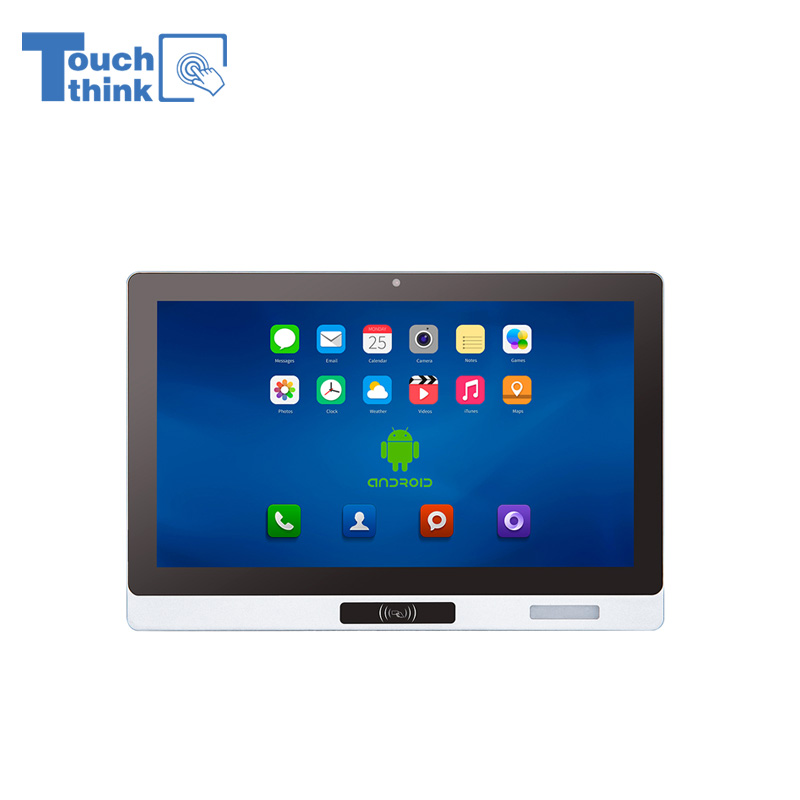
All-in-One Android Panel PCs with NFC/Camera For MES System in Digital Factory 24/7 Use VIEW MORE

VESA Mount Industrial Touch Panel PC with i3 i5 i7 Processor Desktop Computer 8GB DDR4 128GB SSD VIEW MORE
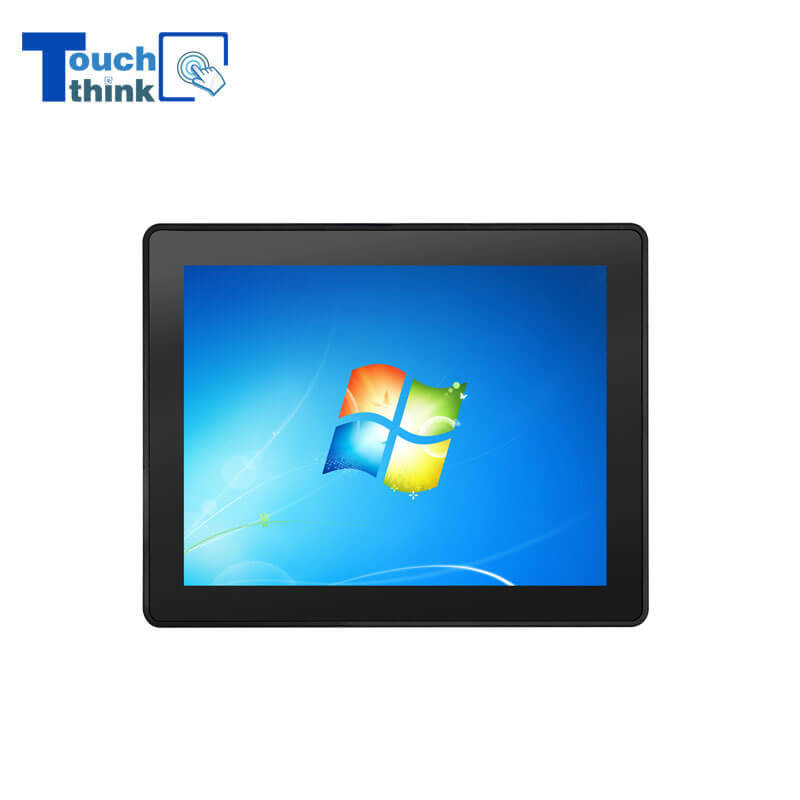
Rugged IP65 Industrial Touchscreen Computer Industrial HMI Panel PC VIEW MORE

8 inch Facial Recognition Terminal For Turnstile Access Control VIEW MORE

Android In-Vehicle Industrial Panel PC Vehicle AGV Computer VIEW MORE
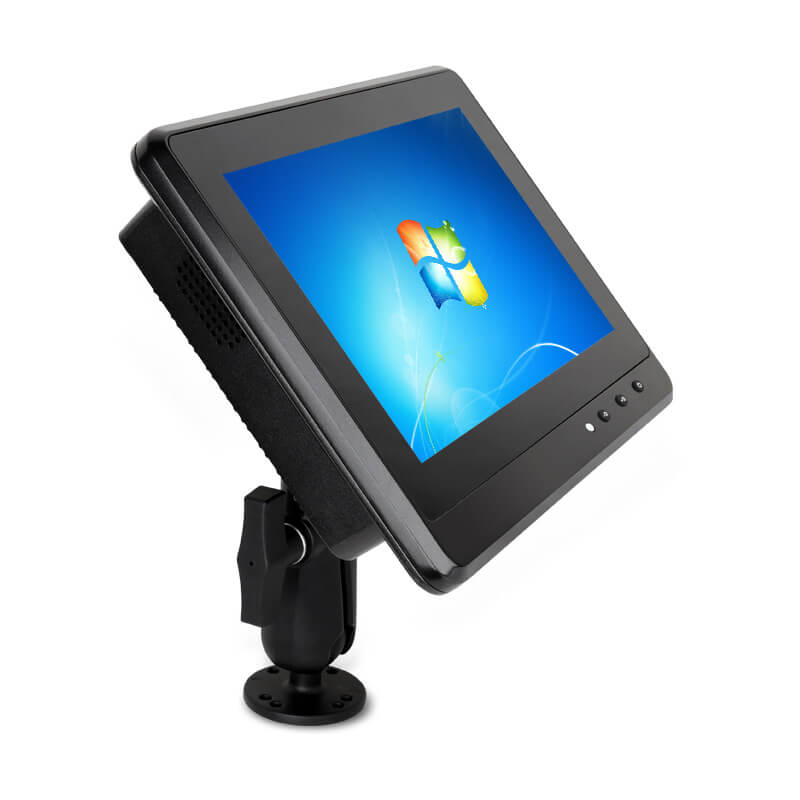
Transportation Panel PC Windows Vehicle Mounted Touch Computers VIEW MORE
Copyright © Shenzhen Touch Think Intelligence Co.,Ltd. All Rights Reserved Update cookies preferences